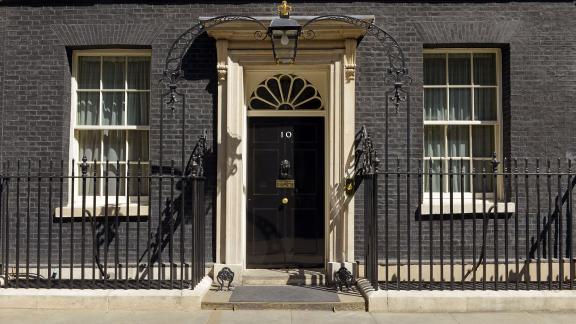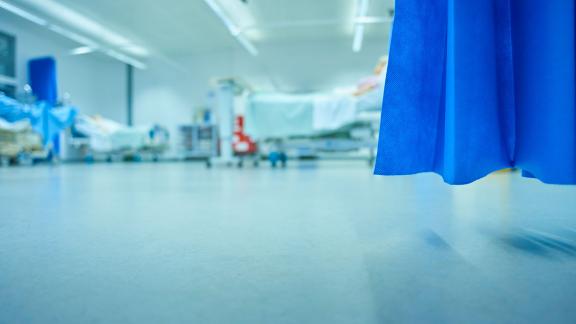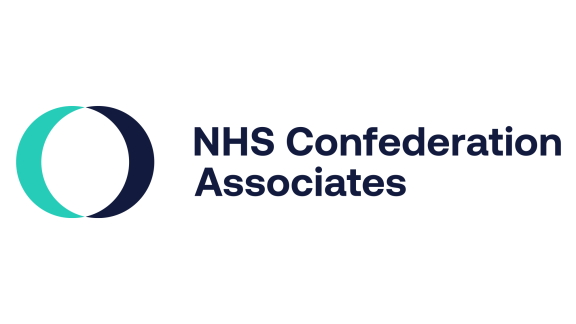The UK government’s COVID-19 recovery strategy

A summary of key points from the plan with a direct impact on health and care.
The UK government has published its COVID-19 recovery strategy, providing guidance on the reopening of workplaces following the Prime Minister’s statement on how lockdown will begin to be eased. This briefing summaries the key points from the plan with a direct impact on health and care.
Background
In an address to the nation on Sunday 10 May, the Prime Minister outlined a new three-stage approach to lifting lockdown measures introduced in light of COVID-19. The Prime Minister called the plan a “roadmap for reopening society” and added it was “conditional” on passing the government’s five tests for adjusting lockdown. Phase two, which includes a “phased reopening” of shops and primary schools, would be lifted no earlier than 1 June and phase three, which would involve a partial reopening of more public places and the hospitality industry, would be lifted no earlier than July.
A new alert system, run by a new biosecurity centre, was also announced. The alert system will help inform whether lockdown measures can be eased or increased and has five levels, ranging from no COVID-19 cases to the NHS being overwhelmed. The UK is currently at level four. In line with the new alert system “stay alert” has replaced “stay home” in government messaging. It should be noted that the four devolved administrations are not making changes to the existing “stay home” message.
Following the address, the government has confirmed that from Wednesday 13 May, certain professions would be encouraged to return to work where they could not work from home and new guidance would be issued to help employers make workplaces safer. In addition, the address confirmed that people will still be encouraged to avoid public transport where possible and unlimited exercise could be taken alongside fellow household members from Wednesday 13 May.
The government has also published guidance to make workplaces “COVID-19 secure” and key points from the guidance and plan are listed below for your information below. You can read the NHS Confederation’s response to the Prime Minister’s address and to the publication of the plan.
Key points
- There will be additional support for community and step-down services to enable efficient discharge into the community.
- The government will continue to review the shielding lists and those included on it, while over the coming weeks introducing more support and assistance for those individuals still required to shield.
- A commitment to do more to prevent the spread of the virus in care homes through increased testing (all staff and residents to be offered a test, whether symptomatic or not by 6 June), infection prevention and control, a national recruitment campaign to expand the workforce, improved access to clinical support, and a greater role for local authorities to support care homes in their area.
- The Joint Biosecurity Centre will provide analysis of outbreaks at a community level and will aid the government's aim of containing outbreaks locally and thus keeping restrictions across the UK to a minimum.
- The government will assess confidence in a range of operational challenges, including whether testing capacity and PPE can meet demand, as one of the five tests for easing restrictions.
- The public will be advised to wear a face covering in enclosed spaces, but not surgical masks or respirators, which the government has urged must be reserved for health and care and industrial workers. The NHS Confederation has been advising of the need to avoid competing with the NHS’s vital supplies of PPE when restrictions are lifted.
- As well as emphasising the cross-government efforts to secure new PPE supply lines internationally, the government announced that it is currently in contact with over 200 potential UK manufacturers and is also working to support the scale-up of engineering efforts for small companies capable of contributing to supplies. View the NHS Confederation's response.
- The new PPE portal for small providers, including primary and social care, is still in testing, with no indication of when it will be widely available. The NHS Confederation is seeking clarity on this.
- Local authority public health services will be used to provide local testing, contact tracing and support to those self-isolating, as part of the national programme being led by Baroness Dido Harding.
- A dedicated team will be established to see how the NHS and health infrastructure can be supported for COVID-19 recovery and beyond.
- Infrastructure for active travel and screening services is to be expanded through the NHS Health Check programme, which is currently under review.
- Continued commitment to manifesto promises including 40 new hospitals, reforming social care, recruiting and retaining 50,000 more nurses and creating 50 million new GP surgery appointments. Read the NHS Confederation response to the manifesto.
- Recommitment to invest £1bn in social care every year of this parliament and to long-term reform of the social care sector.
- UKRI and NIHR grant funding to research vaccines, therapeutic treatments, genomic sequencing, and the social, economic, cultural and environmental impacts of COVID-19.
- Investment in enhancing population-wide public health messaging to enable responsible risk judgements can be taken by citizens.
NHS Confederation viewpoint
Responding to the government's plan to begin lifting England's coronavirus lockdown, Niall Dickson, chief executive of the NHS Confederation, which represents organisations across the healthcare sector, said:
“This plan contains welcome recognition that the biggest threat to life remains the risk of a second peak that overwhelms the healthcare system this winter, when it will be under more pressure and the NHS still needs to deliver non-urgent care.
"Now is not the time to throw away the gains made in controlling the virus. Everyone is desperate to return to some kind of normality, but the NHS is still treating thousands of patients with COVID-19 and there is a tragedy unfolding in care homes. We have not yet cracked the PPE challenge nor access to testing, and we are not ready to roll out the test, track, trace strategy.
“However, the difference in emphasis of the message about staying at home between England and countries including Wales and Scotland is concerning.
“The greatest chance of success we have of safely beginning to lift lockdown measures and ultimately to ease social distancing must be if a clear central message is communicated across the UK and that is not the case here.
“The emphasis on face coverings rather than face masks is encouraging because NHS face mask supply must not be compromised by public demand. Mask distribution must be prioritised for health and care staff, as well as essential workers in community pharmacies and supermarkets who cannot avoid being within two metres of customers.
“The challenge facing the NHS is enormous. There is now a huge backlog of unmet demand, longer waiting lists for operations and thousands of patients who have had their treatment postponed.
“The NHS has been open for business throughout this pandemic but we know many patients have not sought help when they needed it and that is a real cause of concern."
--------------------------------
The NHS Confederation has launched a new campaign to contribute the public debate on what the health and care system should look like post-COVID-19. Known as NHS Reset, it aims to recognise the sacrifices and achievements of the COVID period, rebuild local systems and reset the way we plan, commission and deliver health and care.



